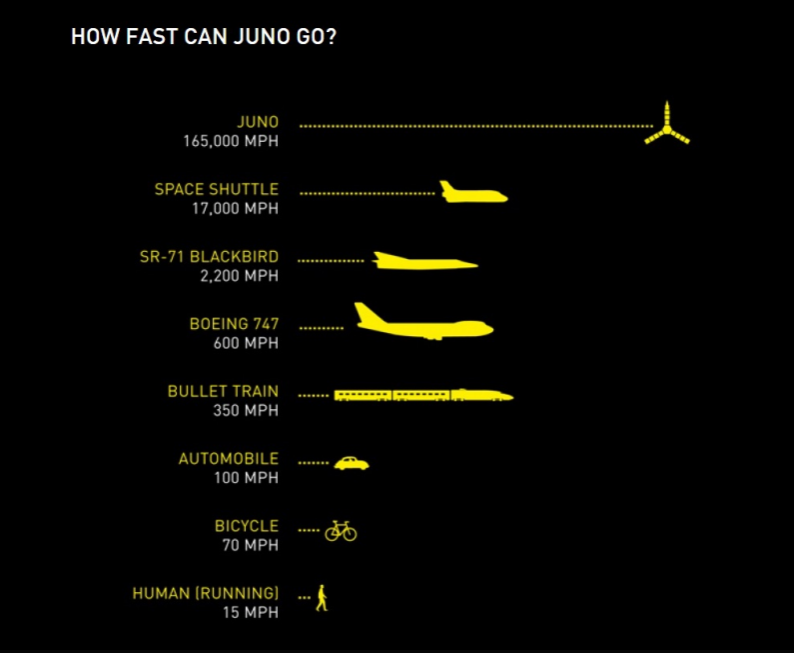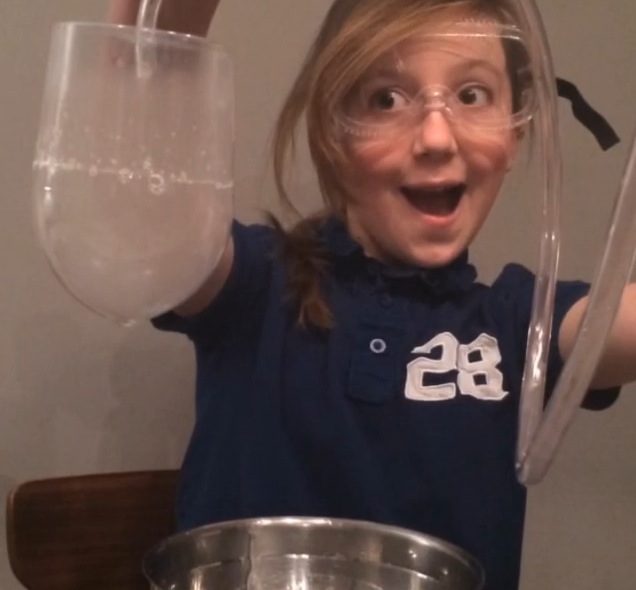Jump! Into SCIENCE – Dry Ice Bubble Experiment
Do you like blowing bubbles? Well, how would you feel if you could blow foggy bubbles that bounce? Pretty awesome, huh? Check out this fun dry ice bubble experiment.
Stories from The Stables – #6 Falling Gracefully
Continuing the ever popular series Stories from The Stables, Carolyn Ward tells of falling (un)gracefully
5 Ways to Change Your Mindset
When you are given a task that you struggle with, it can be tempting to give up and walk away. Here are some tips on how to change your mindset.
How will that help? Well, it could enable you to look at the problem in a slightly different way, and that would help you solve it!
What is Juno?
There has been a lot of excitement about the Juno probe this week, but what is it and what is its mission?
What is Juno?
Juno is a spacecraft designed and operated by NASA, the US space agency. It was launched from Cape Canaveral on the 5th August 2011 and has taken almost 5 years to travel the 716 million kilometres to Jupiter, the largest planet in our solar system. Juno is 3.5 metres in height, and when its solar arrays are extended it’s more than 20 metres across. These arrays are covered in more than 18,500 solar cells, which allows Juno to operate even when it’s at such a great distance from the Sun.

(Image: NASA)
Why is it called Juno?
In Roman mythology Juno was the Queen of the gods. She was married to the king, Jupiter, who wasn’t always well-behaved. Juno had to peer through the clouds to discover what he was up to; the spacecraft is called Juno because it will be looking beneath the clouds that cover the surface of the planet Jupiter.
Aboard the Juno craft are 3 models of Lego minifigures: Jupiter, Juno and Galileo, who discovered in 1610 that Jupiter had moons.

From left to right: Galileo, Juno and Jupiter. (Image: NASA/JPL-Caltech/LEGO).
What is it looking for?
Jupiter is enormous; it’s two and a half times larger than all the other planets in our solar system combined. It’s made entirely of gases and is believed to have no solid surface. The planet rotates at an immense speed, completing one rotation every ten hours, and telescopes have shown us that it has a cloudy atmosphere with colourful spots and stripes. The largest of these, known as the Great Red Spot, is a storm that is several times the size of Earth and has been raging for more than 300 years.

Jupiter. The Great Red Spot is clearly visible. (Image: NASA).
This mission is the first time that humans will be able to glimpse what lies beneath Jupiter’s cloudy atmosphere. The main objective is to understand how the planet formed and evolved, which will give us more information about the formation of gas giants as well as the rest of the solar system. Juno will also measure the quantities of water and ammonia within the atmosphere, examine the magnetic field that surrounds the planet, observe any polar auroras and measure the gravity to see whether a solid core may exist after all.
For more information about the Juno mission you can watch this video from Nasa, and have a look at the Juno mission webpage.




